What is Femininity
Femininity is mainly associated with women and girls. and there is some evidence that some behaviours considered feminine are influenced by both cultural factors and biological factors. Femininity can be influenced by places, society and family etc.
The term ‘femininity’ has been adapted over time, for example in the 20th century women were expected to be:
- Passive
- Sensitive
- Emotional
- Gentle
- Caring
Women were often valued for how they looked and not what they did. Looks and behaviours contribute to being feminine like having softer features, long hair and a smaller frame and curves. While these are all stereotypical ideas, women have and continue to move forward in the world.
These photos show the evolution of what is perceived as femininity and women throughout the last century
1920s

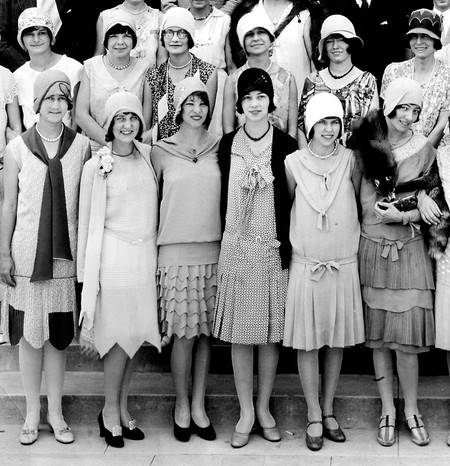
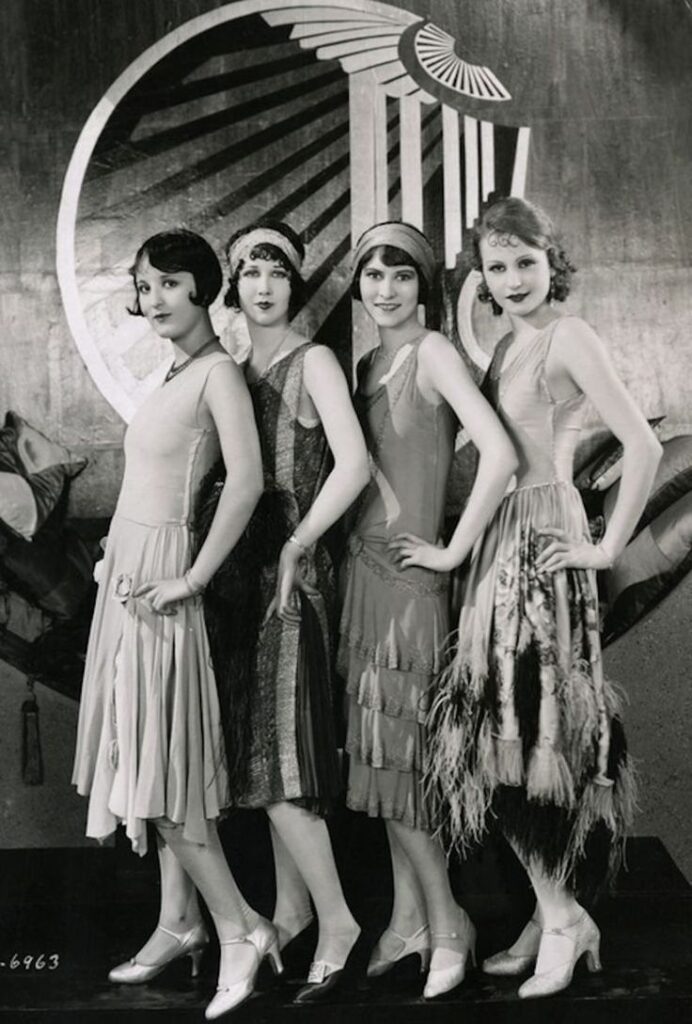
1930s
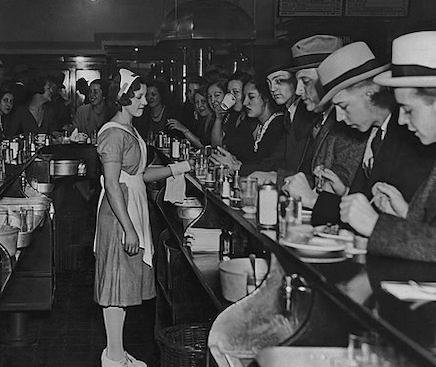
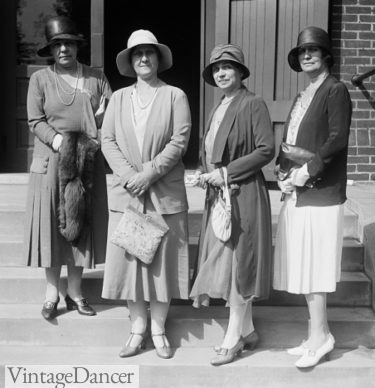
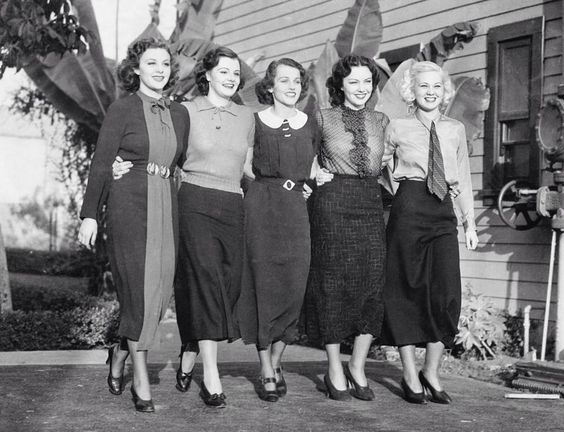
1940s

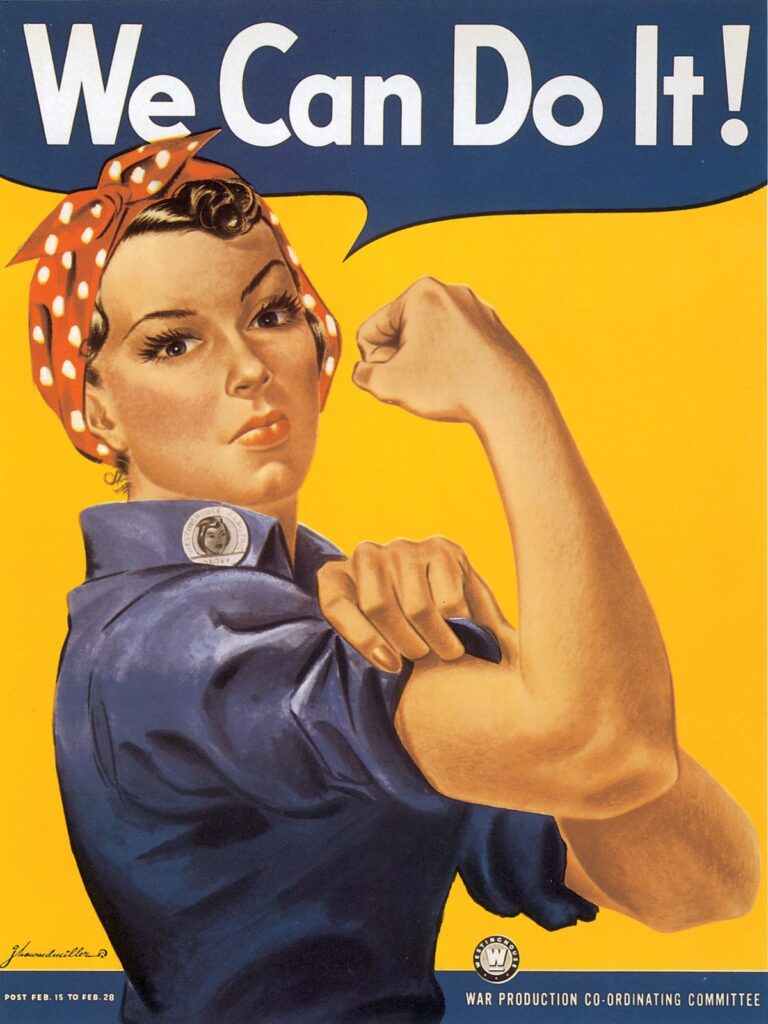
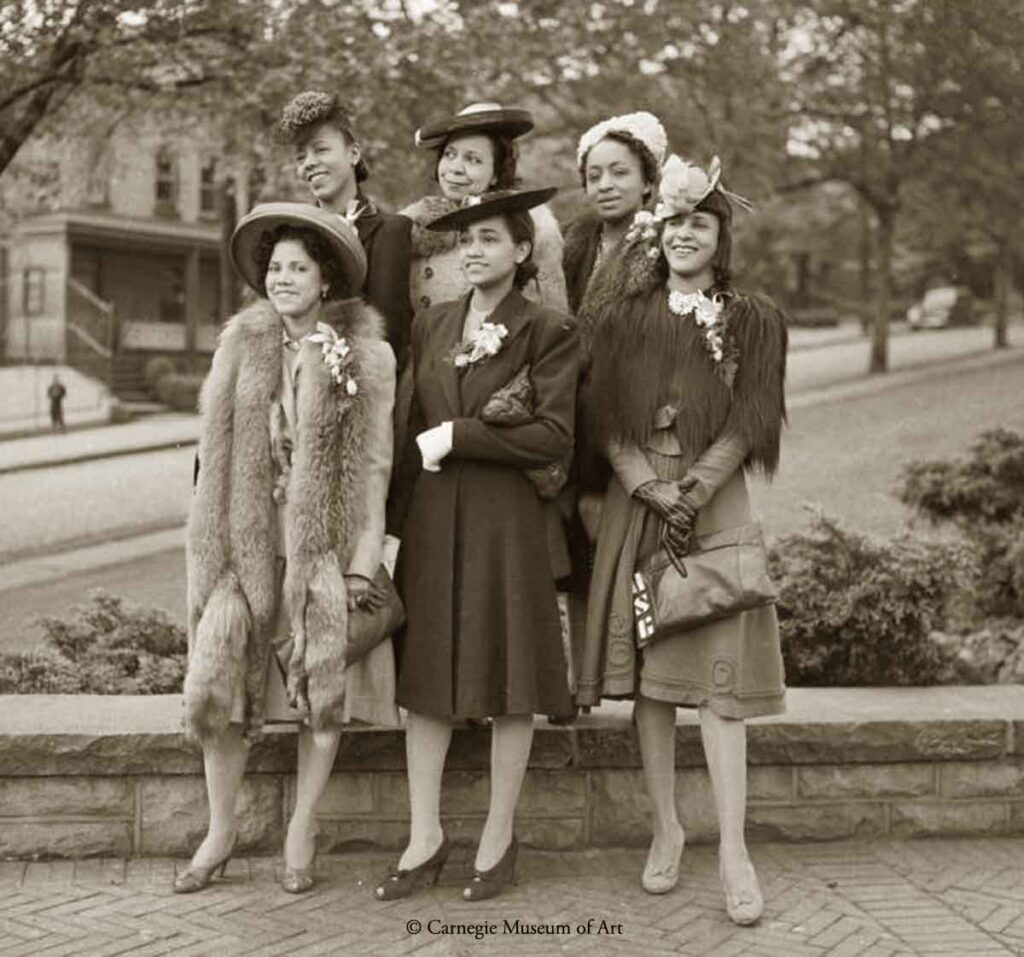
1950s
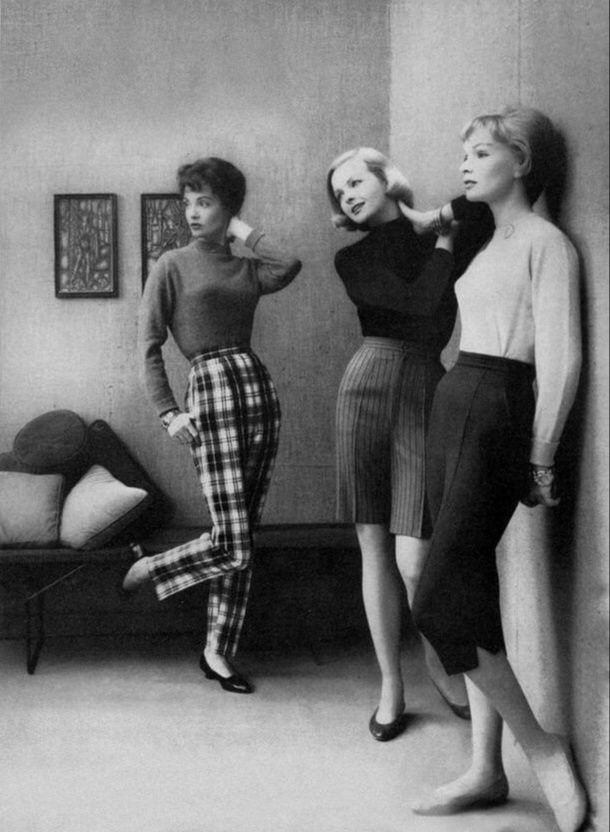
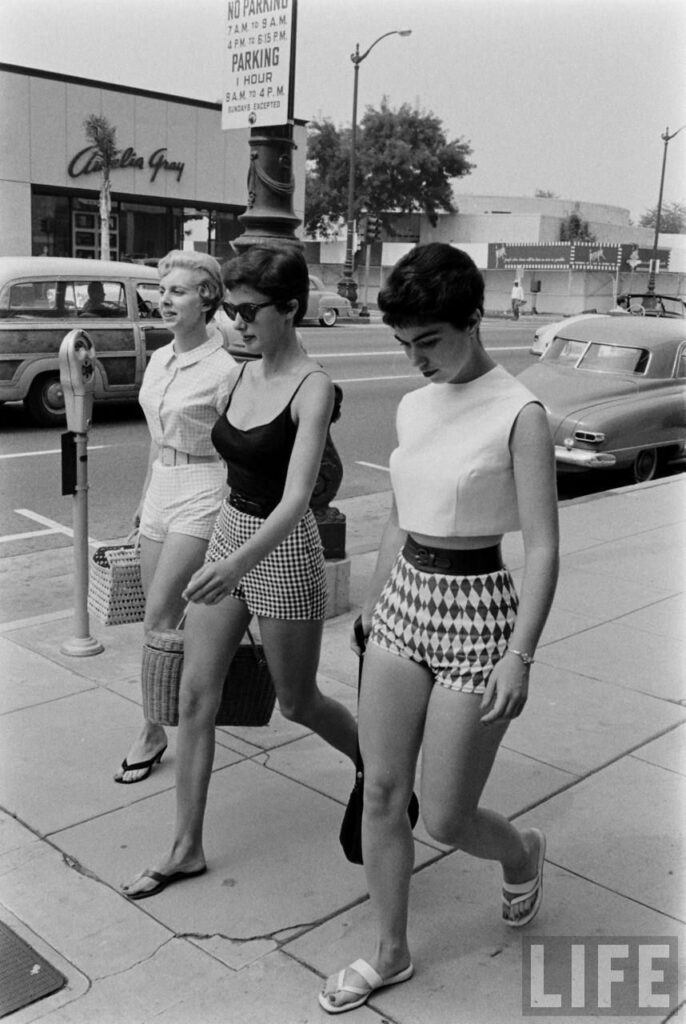

1960s


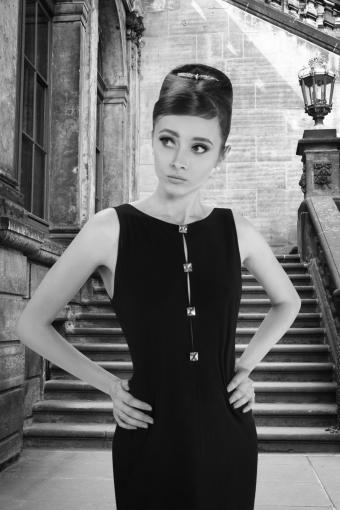
1970s

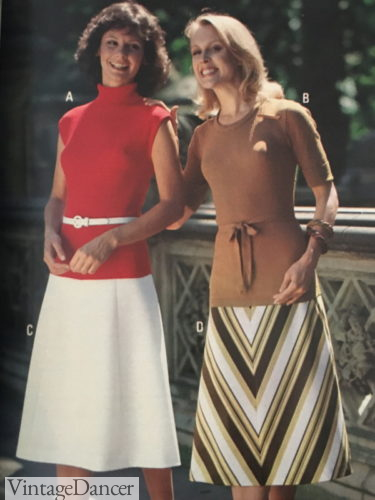
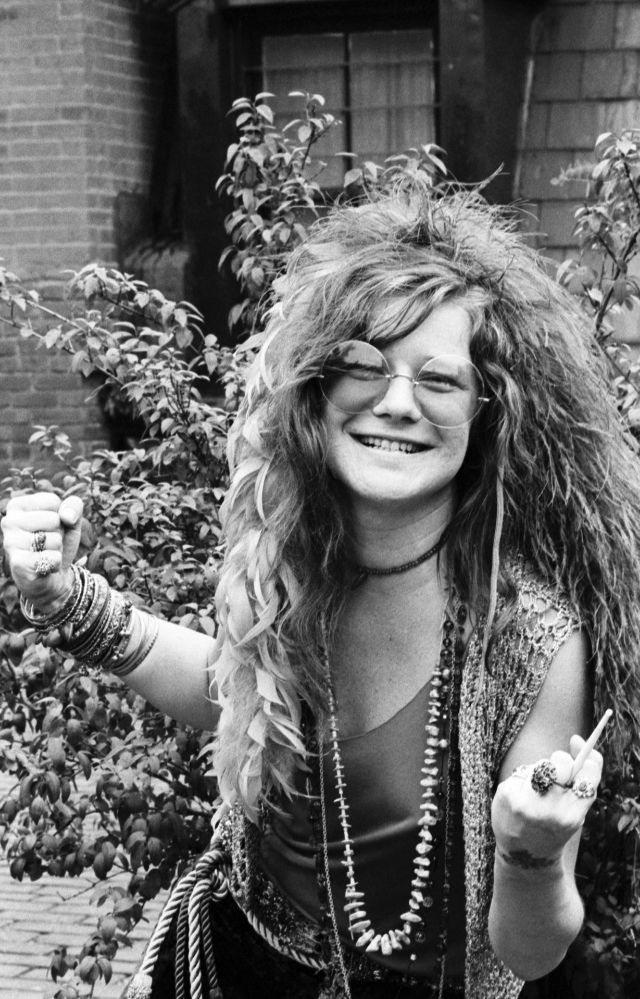
1980s
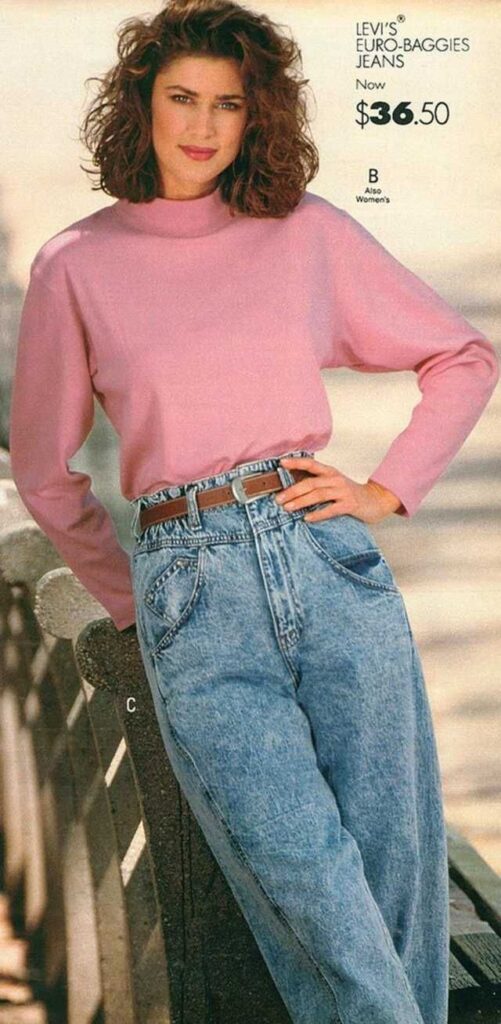
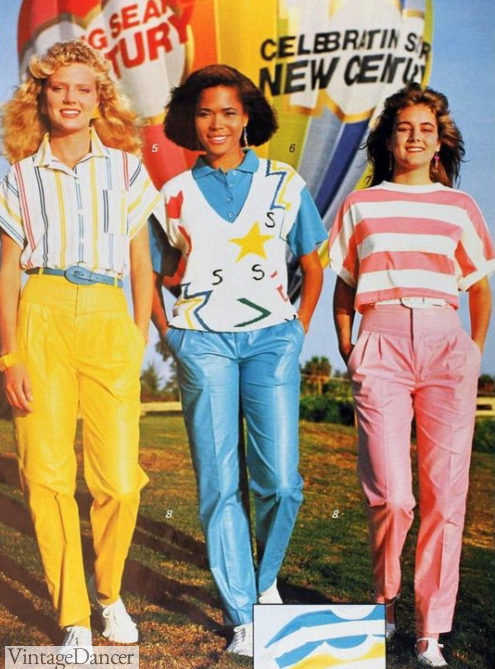
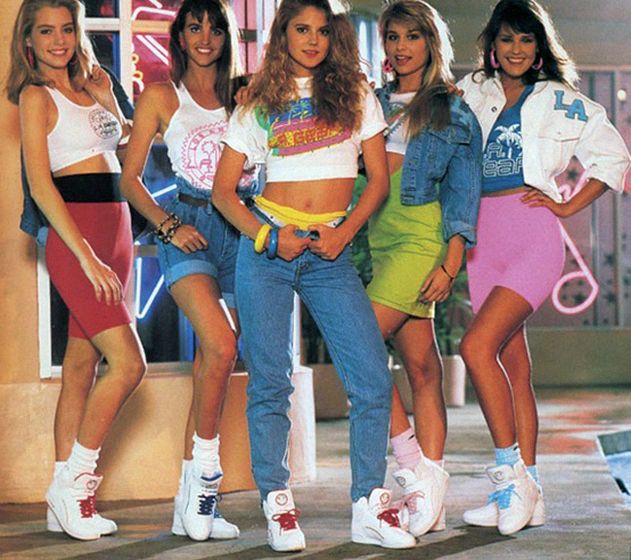
1990s
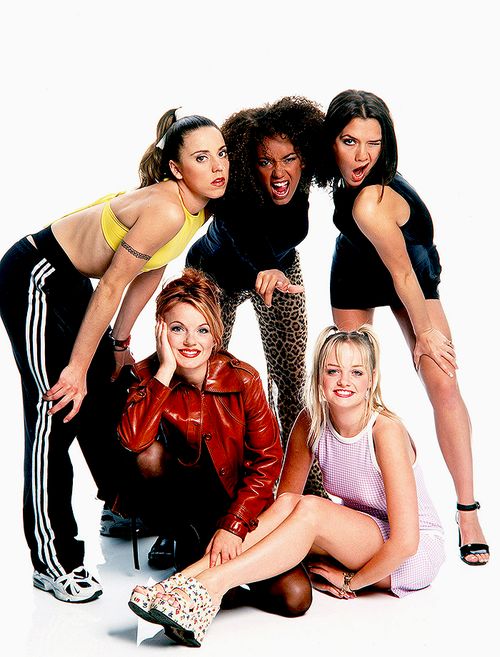

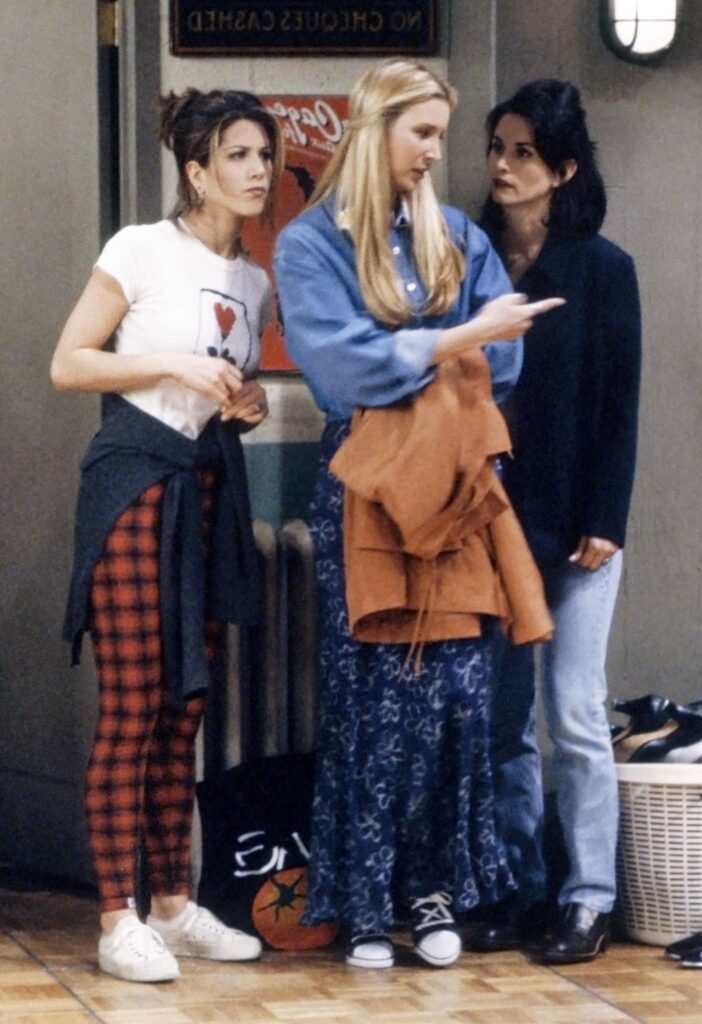
2000
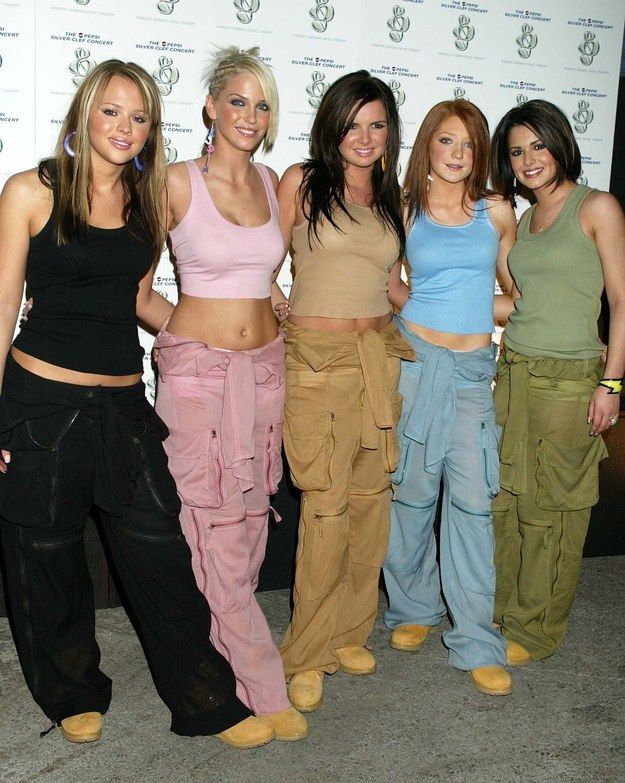
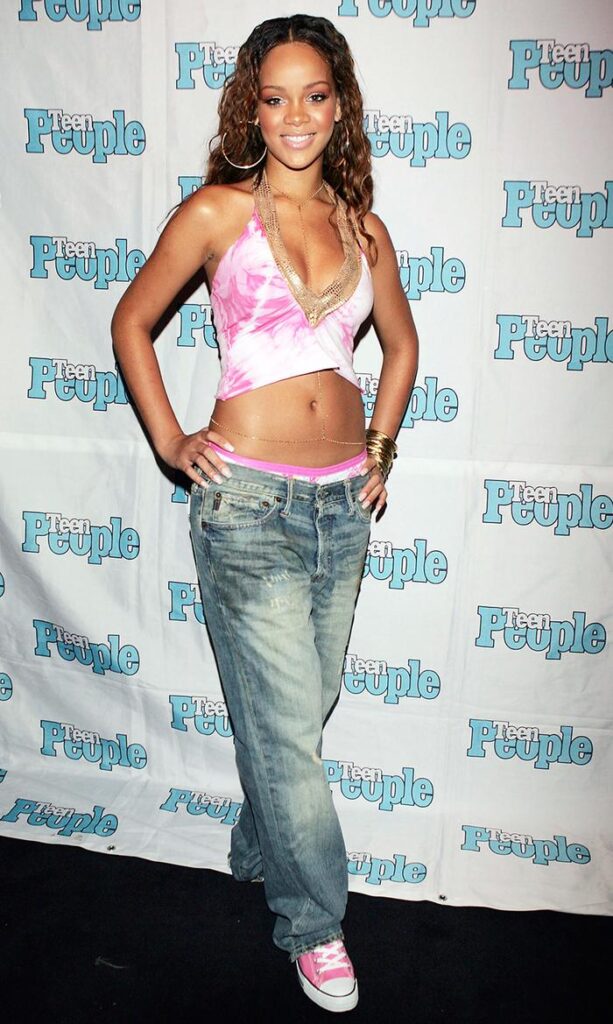
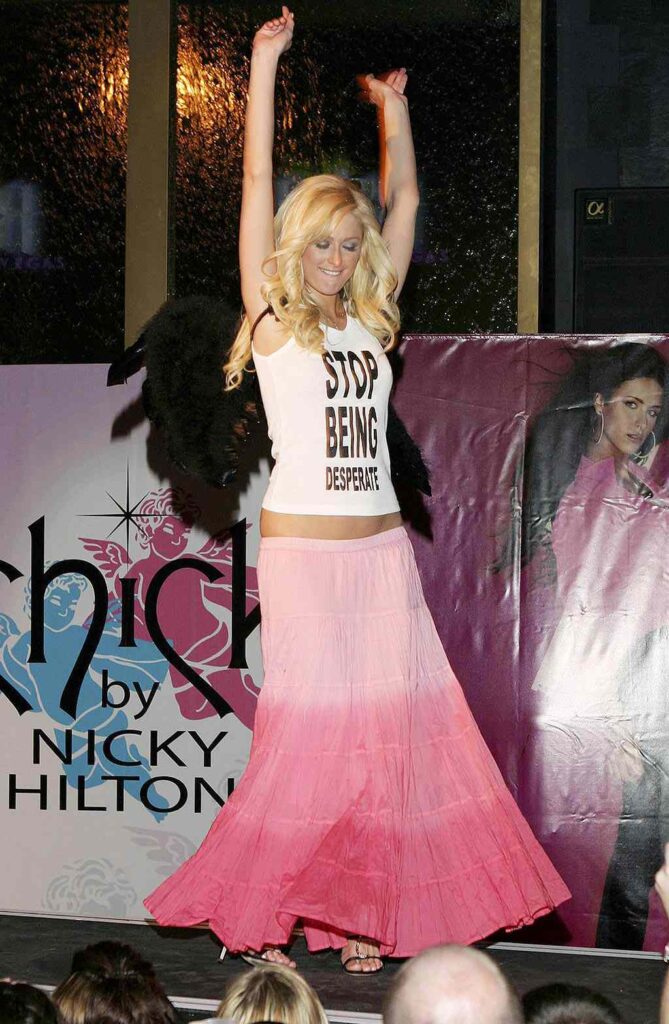
2010
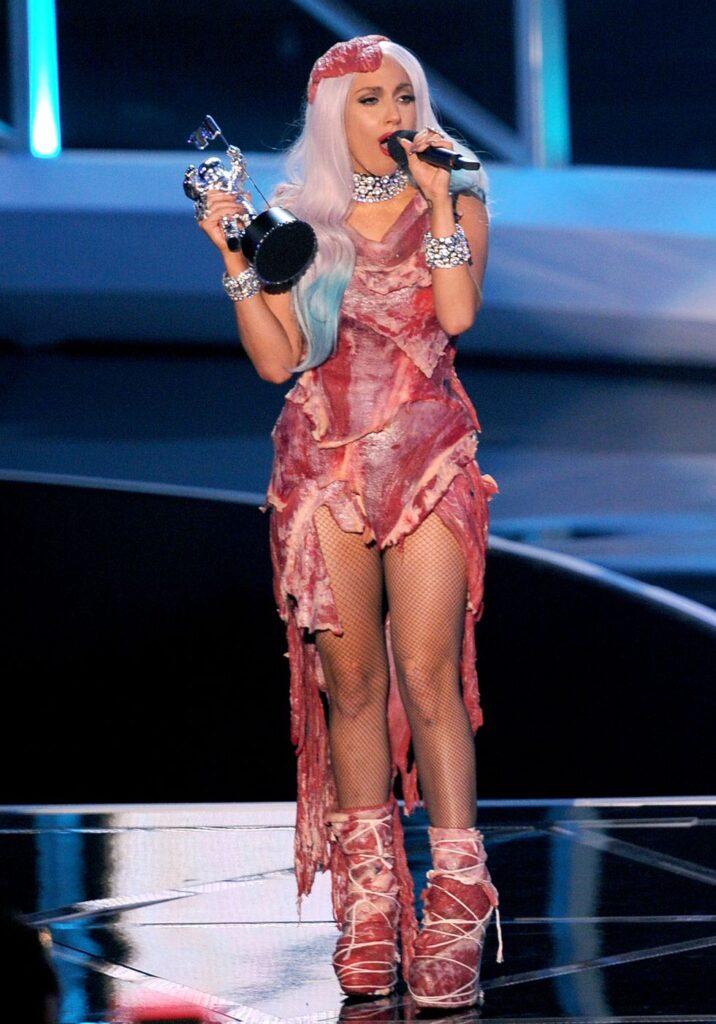

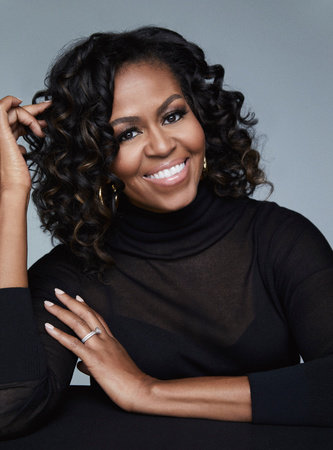
2020
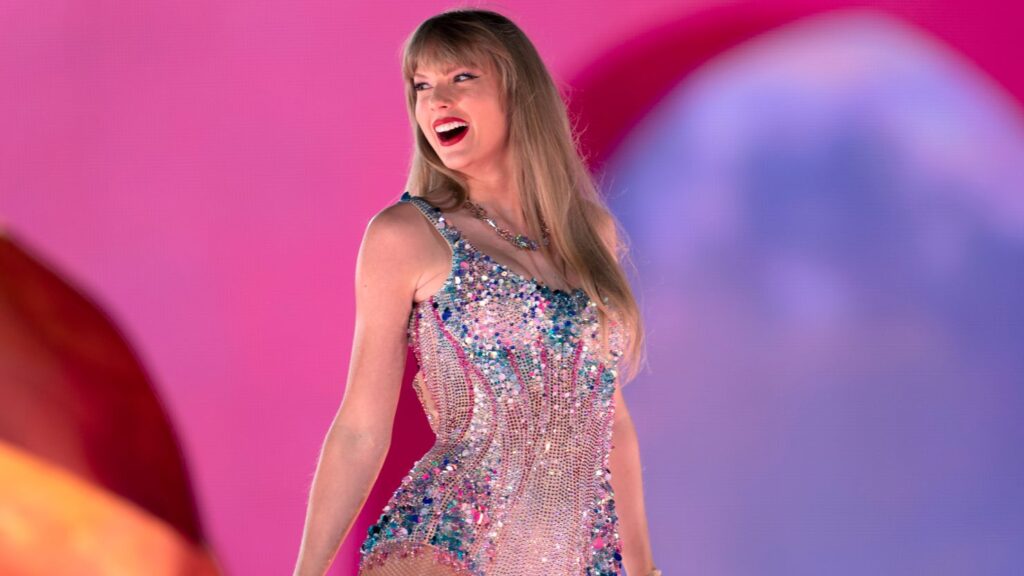
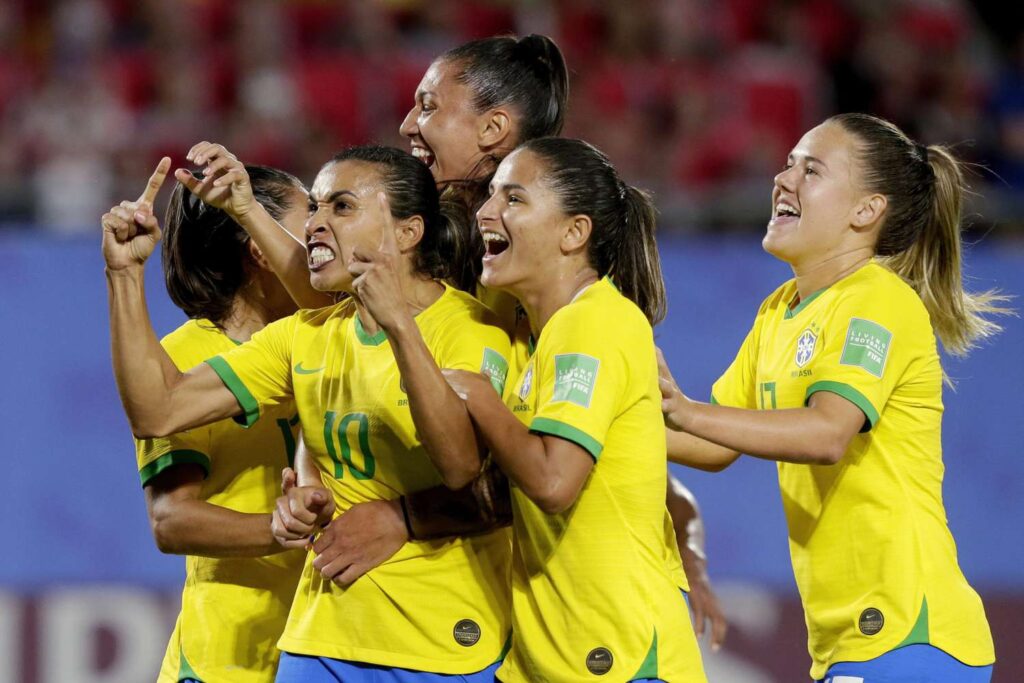

Nowadays, women can be and feel like whatever and whoever they want to be as the world is a much more open place.
This is stereotypically how femininity can be shown but lots of women feel as if they do not fit into the category of being stereotypically “feminine”. This means that women who don’t feel like they fit into being feminine, can be transgender and feel comfortable and more belonging as a male.
What is Masculinity
Masculinity is mainly associated with men and boys. and there is evidence that some behaviours considered masculine are influenced by both cultural factors and biological factors. Masculinity can also be influenced by places, society and family.
Masculinity can be described as:
- Strength
- Courage
- Independence
- Leadership
- Assertiveness
A patriarchal perspective sees men as rational and normality. In the 20th century men were seen as the “household heads” where they would provide and care for their family and home. The looks and behaviours of a stereotypical male would be wider faces, broader and prominent features and more facial and body hair.
These photos show the evolution of how masculinity is perceived throughout the last century
1920s
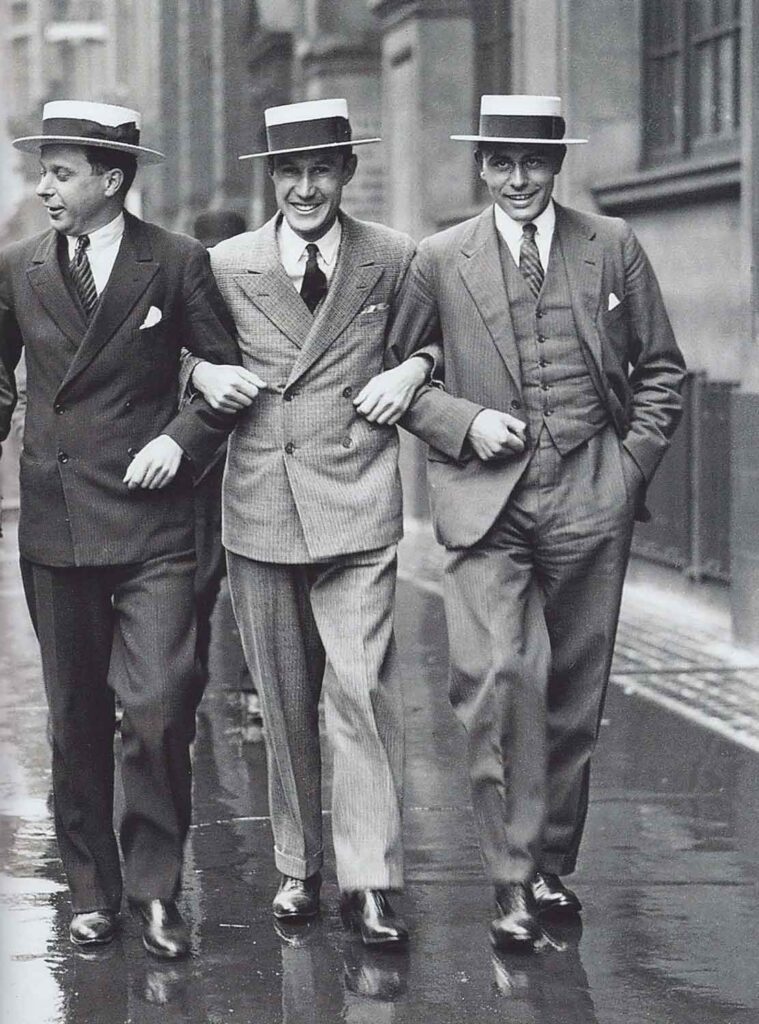


1930s
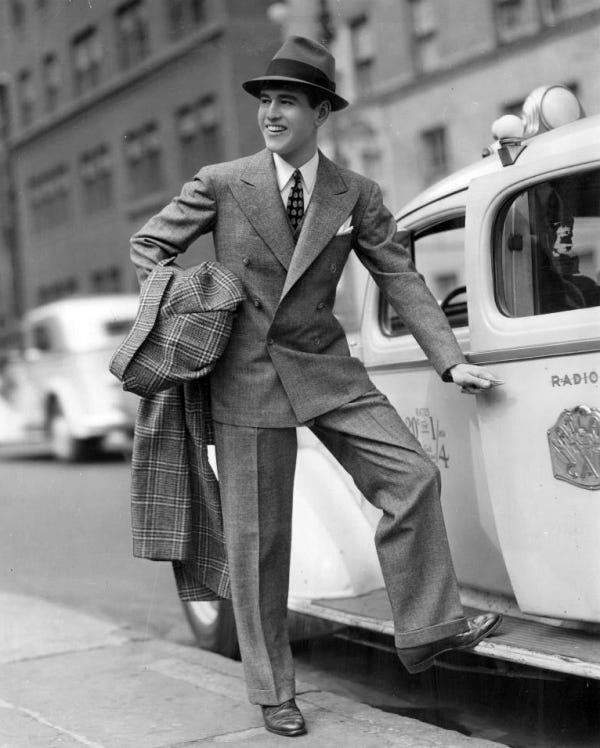

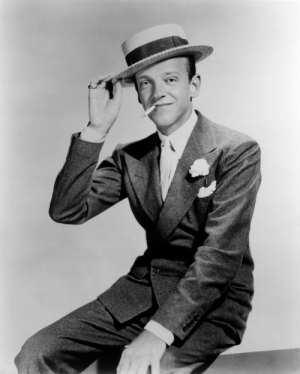
1940s
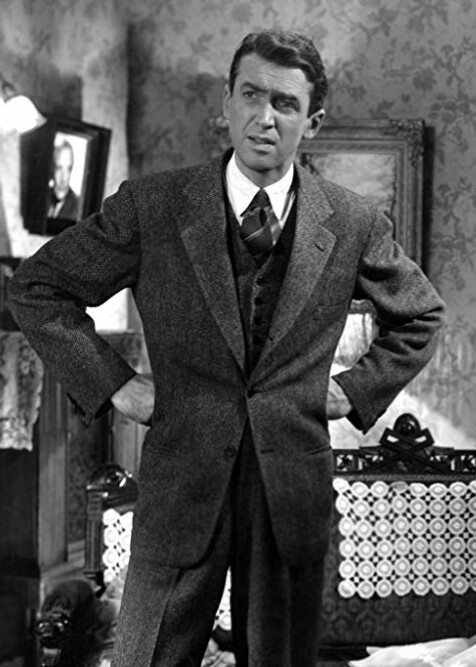
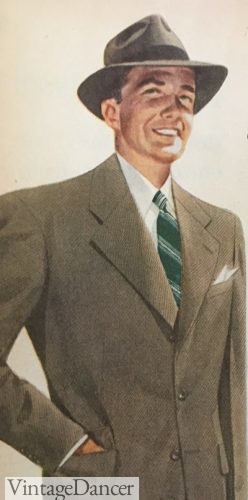
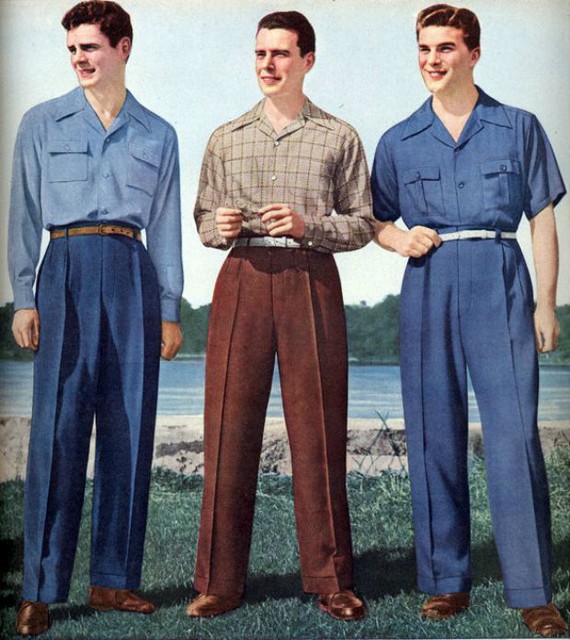
1950s

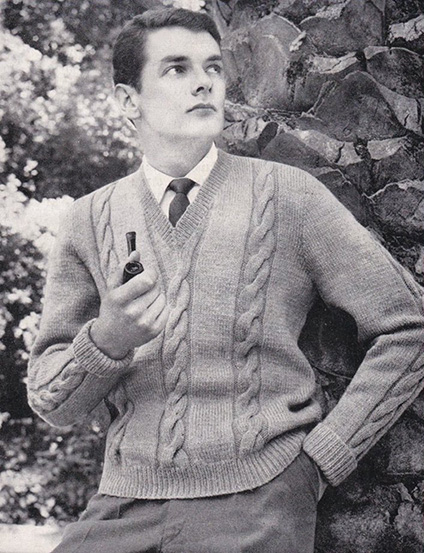

1960s


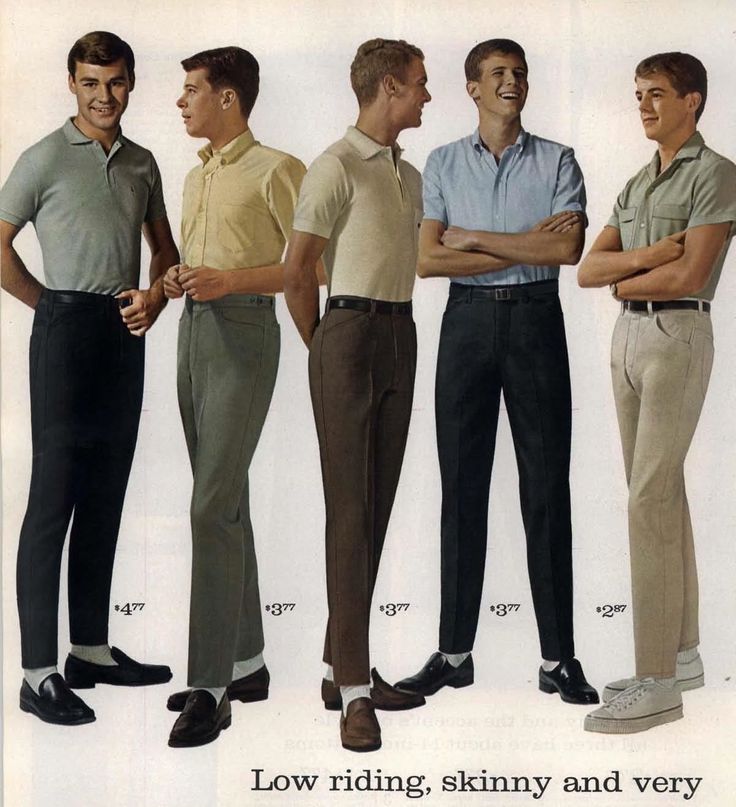
1970s

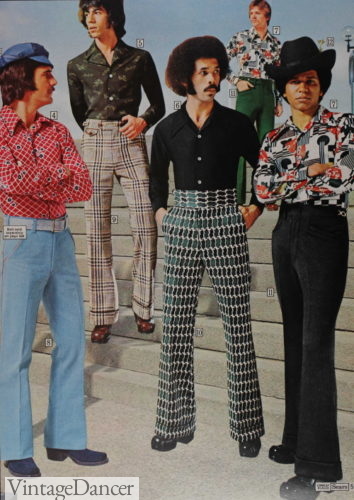
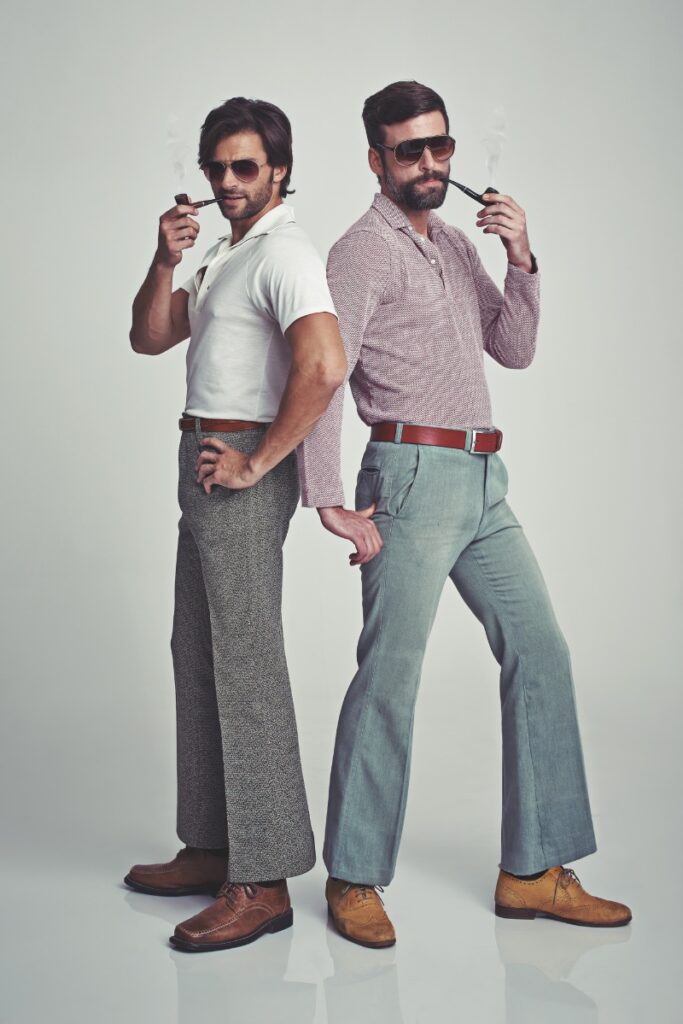
1980s
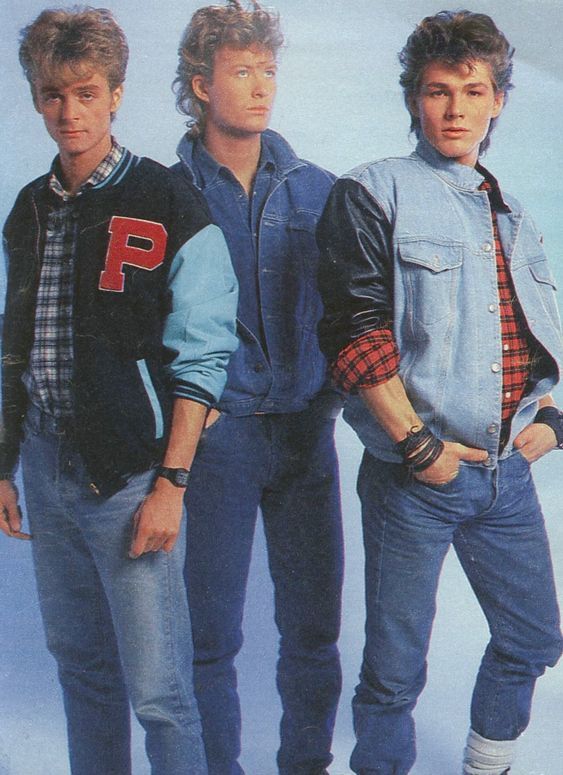
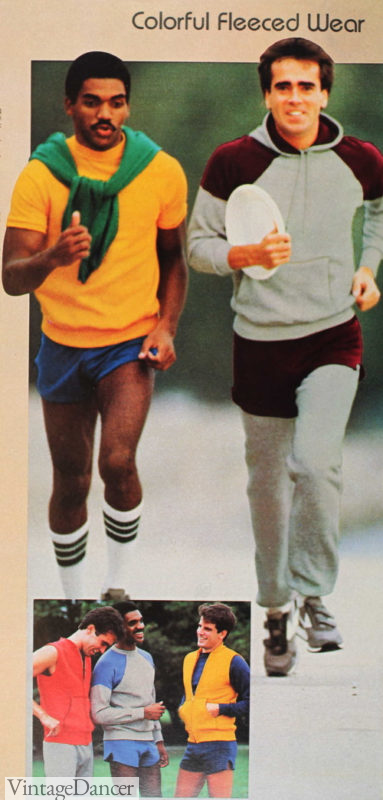
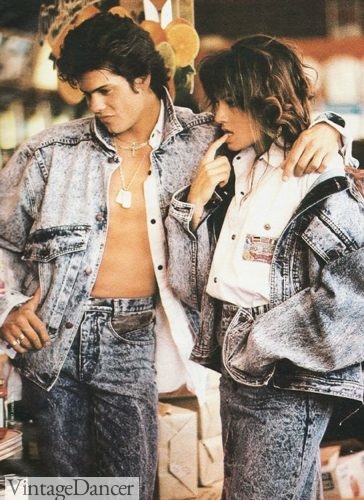
1990s

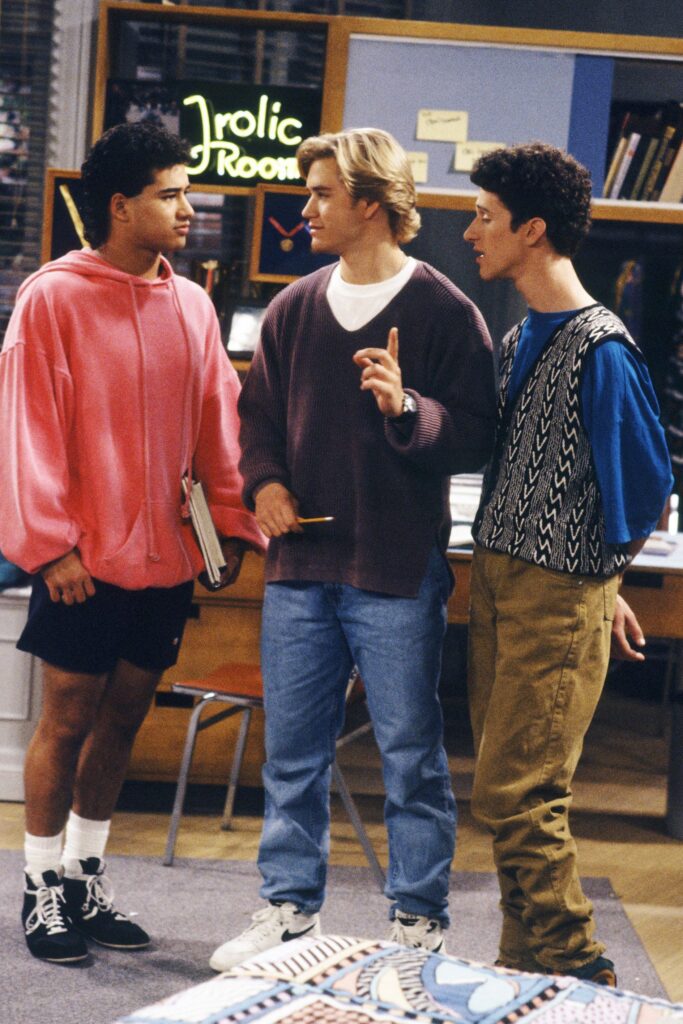
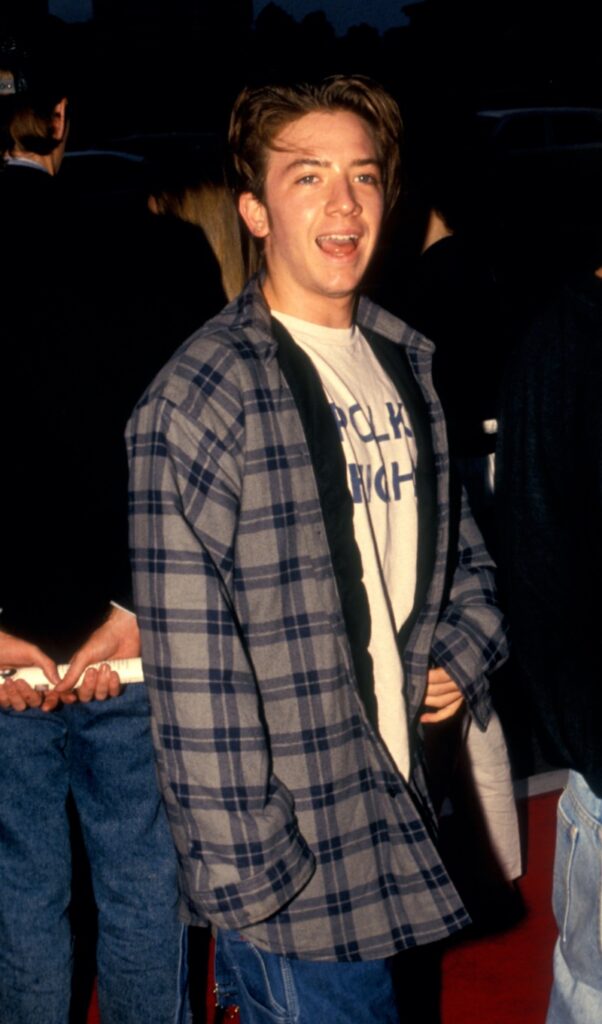
2000s
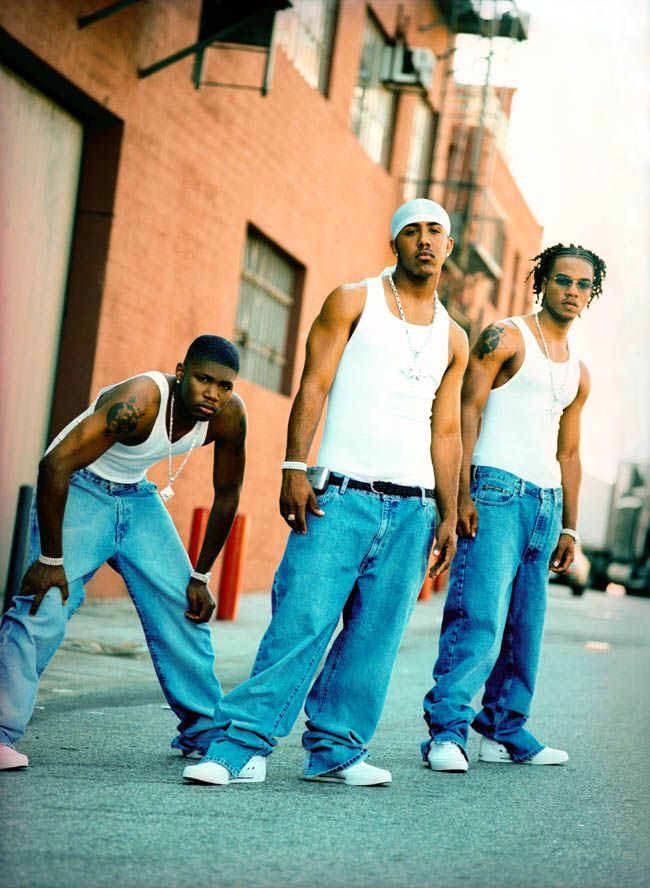
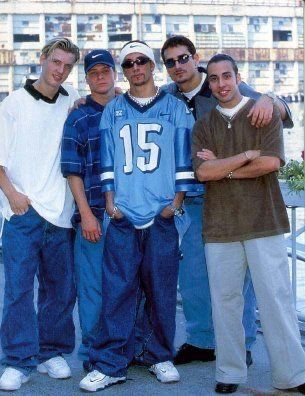
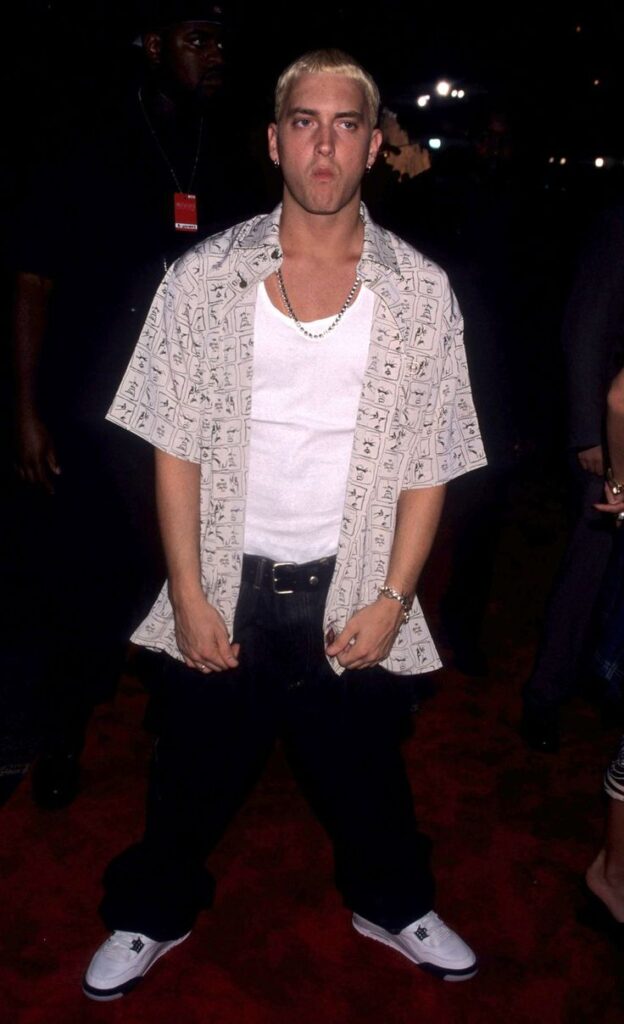
2010s
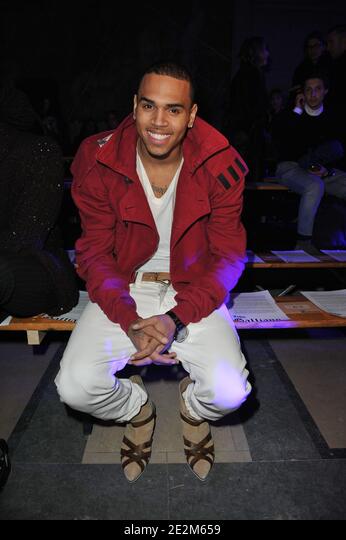


2020s



Binary Opposites
A binary opposition is a pair of related terms or concepts that are opposite in meaning. Some examples would be:
- Positive V Negative
- Male V Female
- Good V Bad
- Young V old
- Strong V Weak
Femininity and masculinity are seen as binary opposites, this is because of the theory that “Man” and “woman” have been opposed as binary oppositional terms since patriarchal society was formed.
Gender Identity
Gender identity is your sense of whether you are a man, woman, nonbinary, gender fluid or a combination of one or more of these identities. It’s part of your sense of self. It’s how you understand who you are and how you interact with others.
